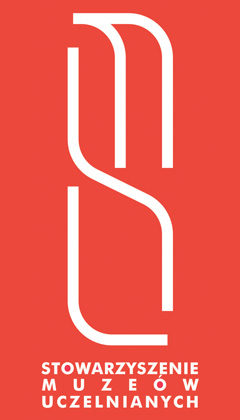Archives of the University of Physical Education
Aleja Jana Pawła II 78
31-571 Kraków
Tel. (12) 683 13 83 / (12) 683 10 69
www.awf.krakow.pl
Free admission
Mondays – Fridays: 8 am – 3 pm
Visit to the archives by appointment only. Please call in advance. The collection can be viewed in the reading room of the archives.
Director: Dorota Okrajni MA
Staff: Elżbieta Mackiewicz MA
The history of the University of Physical Education in Kraków has, from the very outset, been closely linked with the Jagiellonian University. The Jagiellonian was the first university in Poland to implement the guidelines of the Commission of National Education (1773) regarding physical education for young people. In the first half of the 19th century, the staff and students of the Faculty of Medicine already specialized in the aforementioned activities – the model of physical education which was proposed was based on scientific research and was aimed at young people, both male and female, for therapeutic and recreational purposes. The activities which were implemented gained a great deal of support from the inhabitants of Kraków: many private gymnastic courses were organized, including the famous Towarzystwo Gimnastyczne ‛Sokół’ (‛Falcon’ Polish Gymnastics Society). Towards the end of the 19th century, requests began appearing for the establishment of an independent faculty of physical education at the Jagiellonian University where, in 1895, two-year courses in physical education had been launched for teachers (courses for candidates as teachers of gymnastics in secondary schools and teacher training colleges). In 1913 it was transformed into a three-year Physical Education College; its activities were suspended due to the outbreak of the First World War. After many years of combined efforts by representatives of the Jagiellonian University, the then Academy of Mining and Metallurgy and the Academy of Fine Arts in Kraków, the college’s activities were reactivated on 15 September 1927, as the College of Physical Education at the Faculty of Medicine of the Jagiellonian University. The first intakes consisted mainly of students from the faculties of Philosophy, Law and Medicine of the Jagiellonian University. One quite remarkable thing was that women predominated, therefore testifying to the progressive nature of the college. The college’s development also refiects the widespread recognition and appreciation of physical education in interwar Europe. The slaughter caused by the Second World War interrupted the college’s further development. Lectures were suspended, and many of its assets were either plundered or destroyed. Despite all these adversities, the college resumed its activities in early 1945, shortly after the liberation of Kraków. On 1 January 1950, by a decision of the Council of Ministers, the Faculty of Medicine of the Jagiellonian University was transformed into an Academy of Medicine – and as a result the College of Physical Education became a part of it. Six months later, on 5 July 1950, further changes were made when by a decree of the Council of Ministers all colleges of physical education throughout Poland were transformed into higher schools of physical education. The first rector of this institution in Kraków was Doc. Dr Eugenia Stołyhwo, an anthropologist. Over the years, the university has developed in the fields of science, education and outreach. In 1972 the Higher School of Physical Education was renamed the Academy of Physical Education, and since 1977 it has been named after Bronisław Czech – a versatile interwar skier, threetimes member of the Polish national Olympic team. The archive of the University of Physical Education was established by the academy’s rector in 1984 as a separate entity of the university’s inter departmental structure reporting directly to the deputy rector responsible for teaching and learning. Since then the archive has been collecting and storing documents drawn up at the university as well as preparing archival materials which constitute the historic resources of the University of Physical Education. The archive collaborates with all sections of the university for academic, didactic and outreach purposes, including with the Main Library, which organizes exhibitions. The historic resources consist mainly of files, photographic and audiovisual materials as well as the legacy of scholars, research and teaching staff. The oldest collections date from the beginning of the 20th century.
Dorota Okrajni MA, Elżbieta Mackiewicz MA














